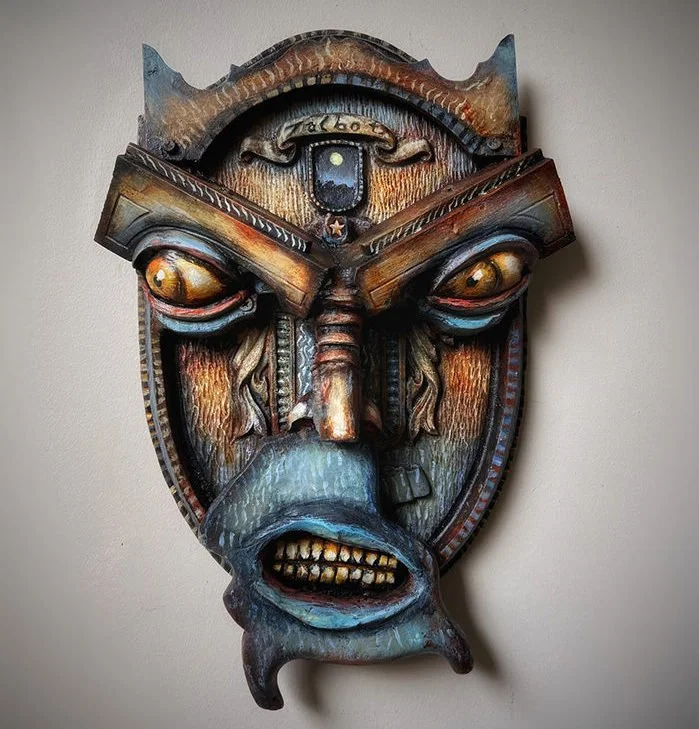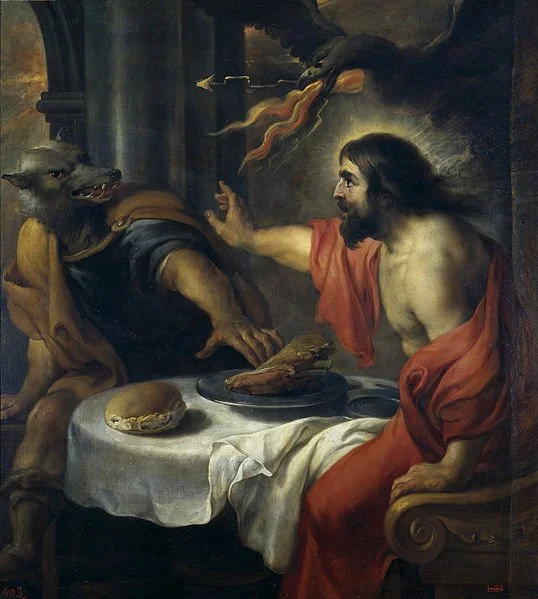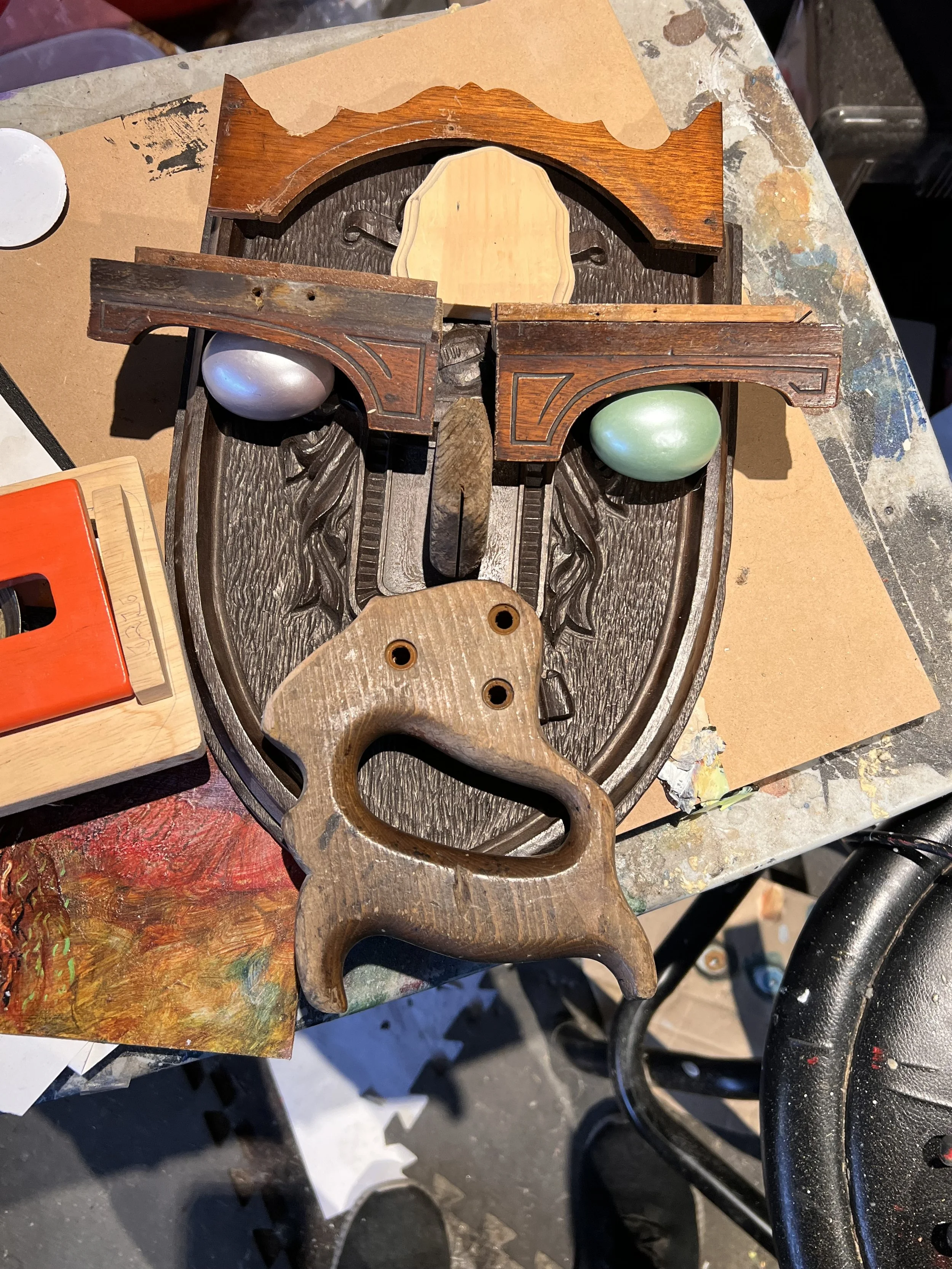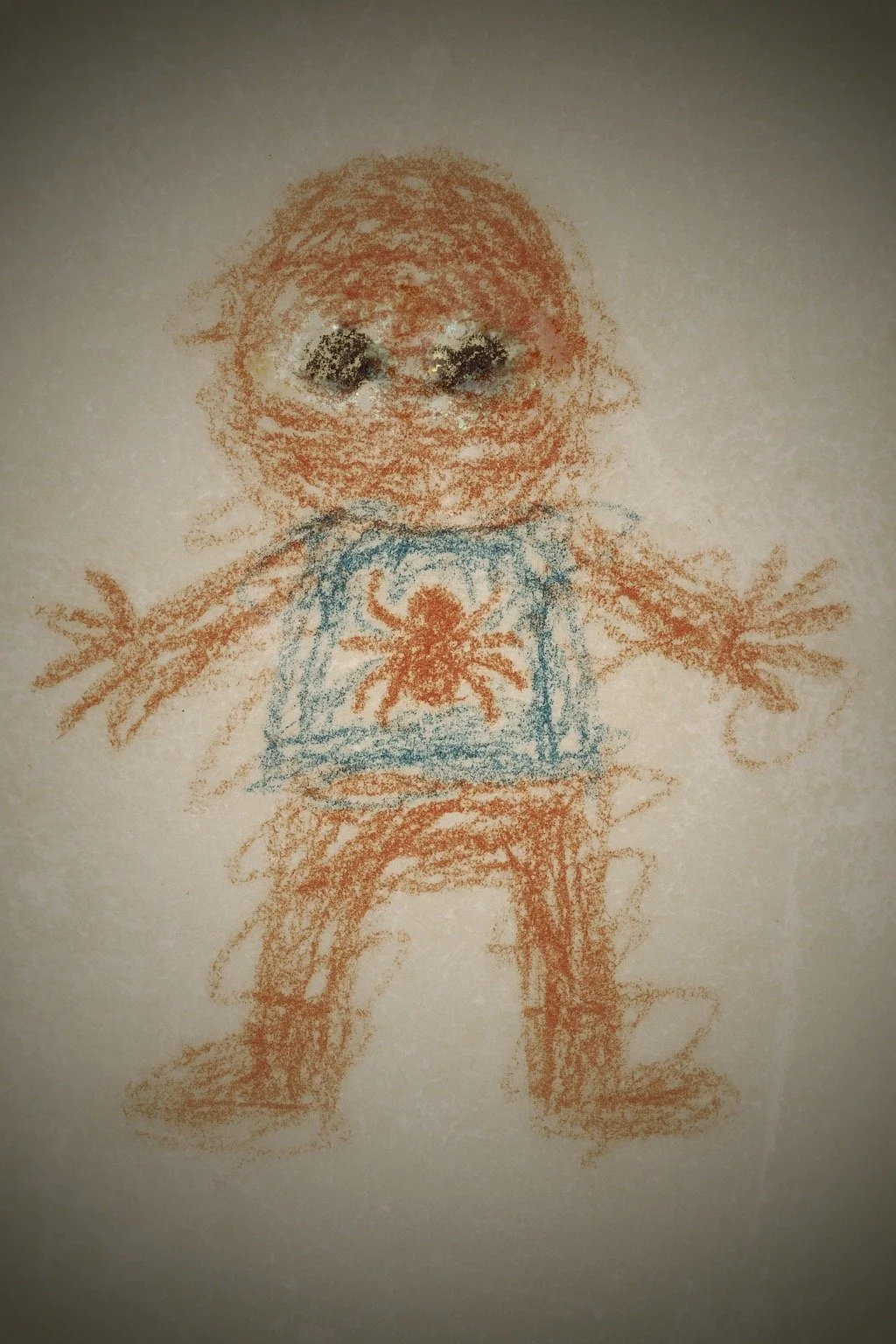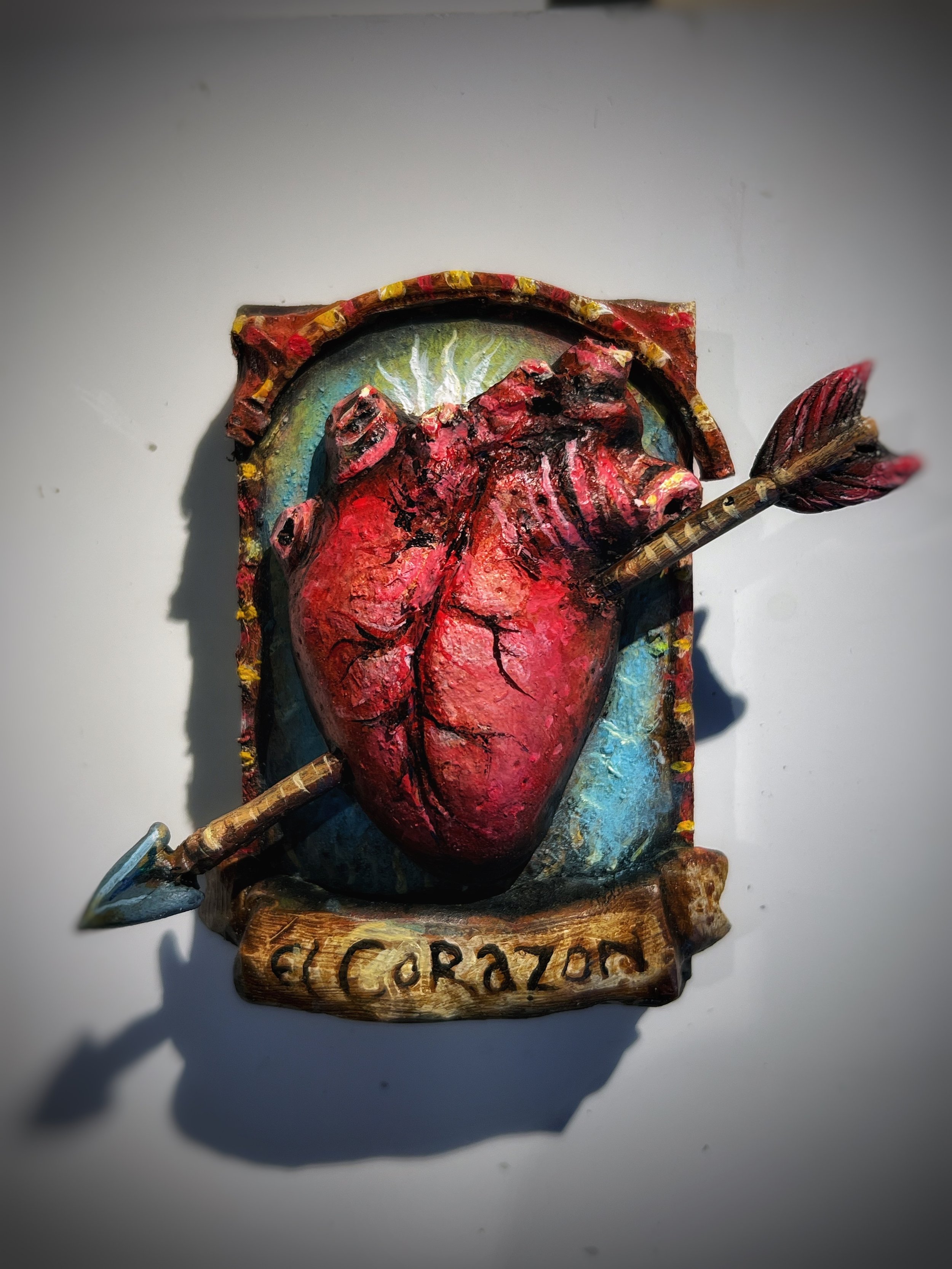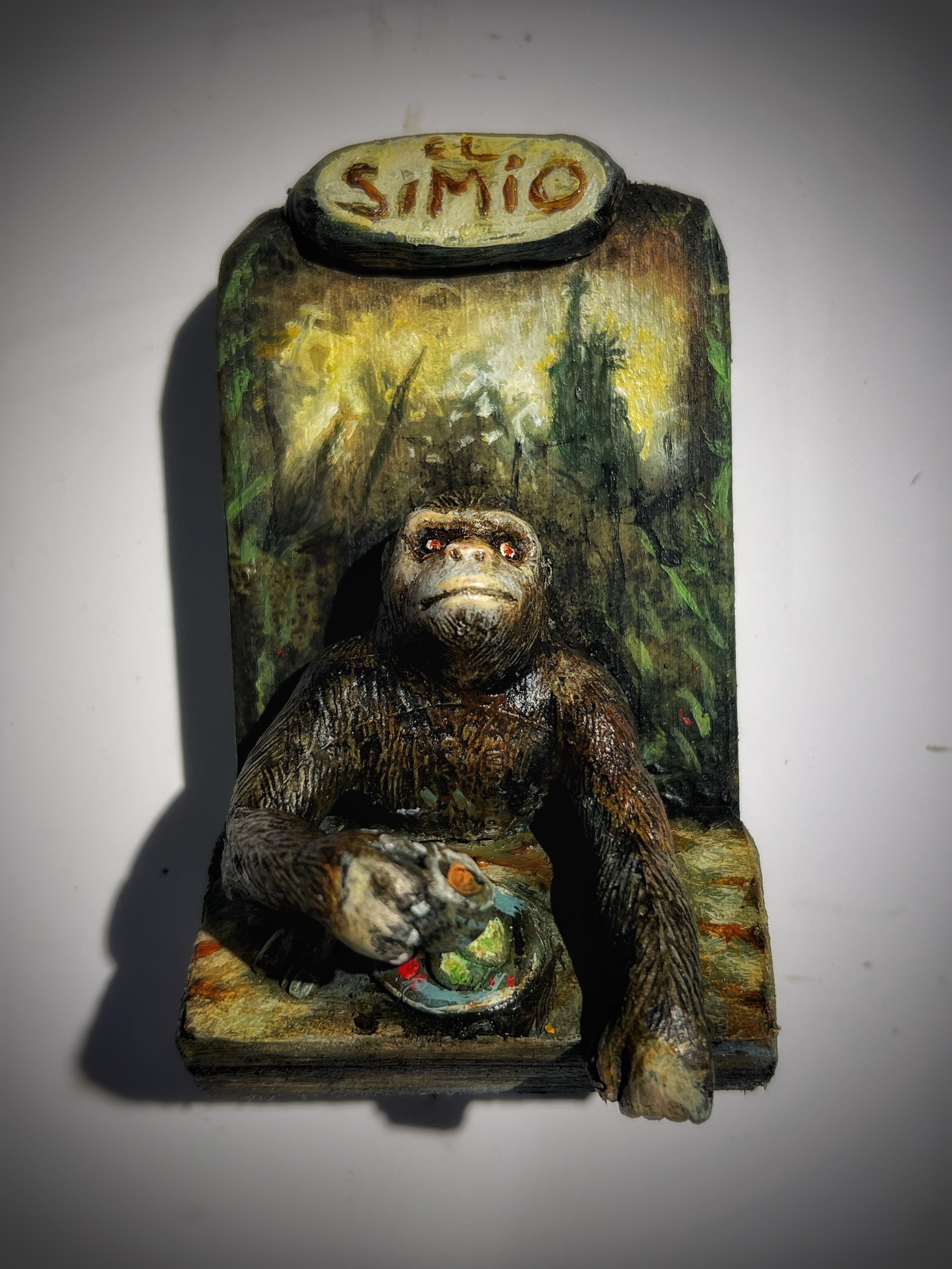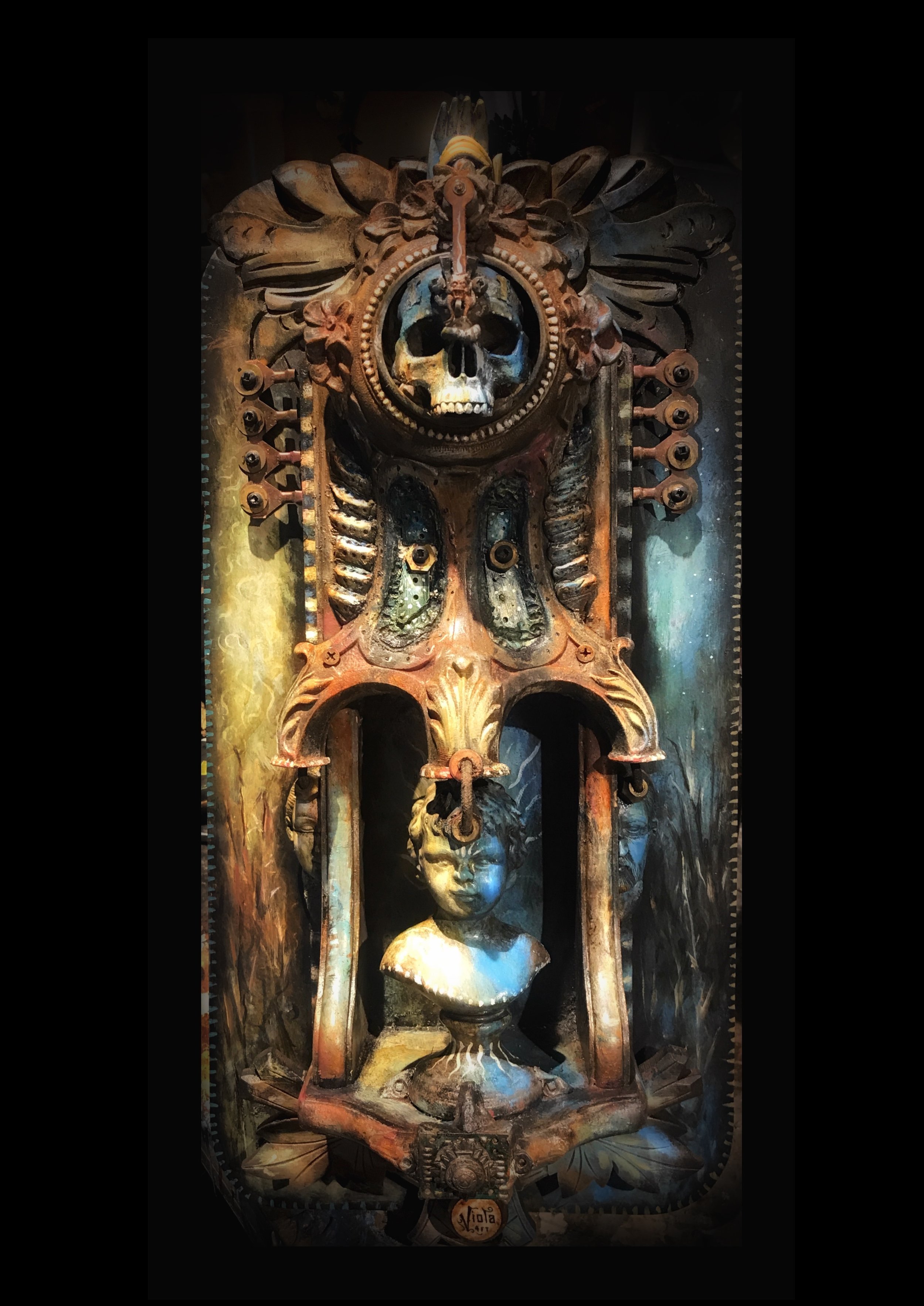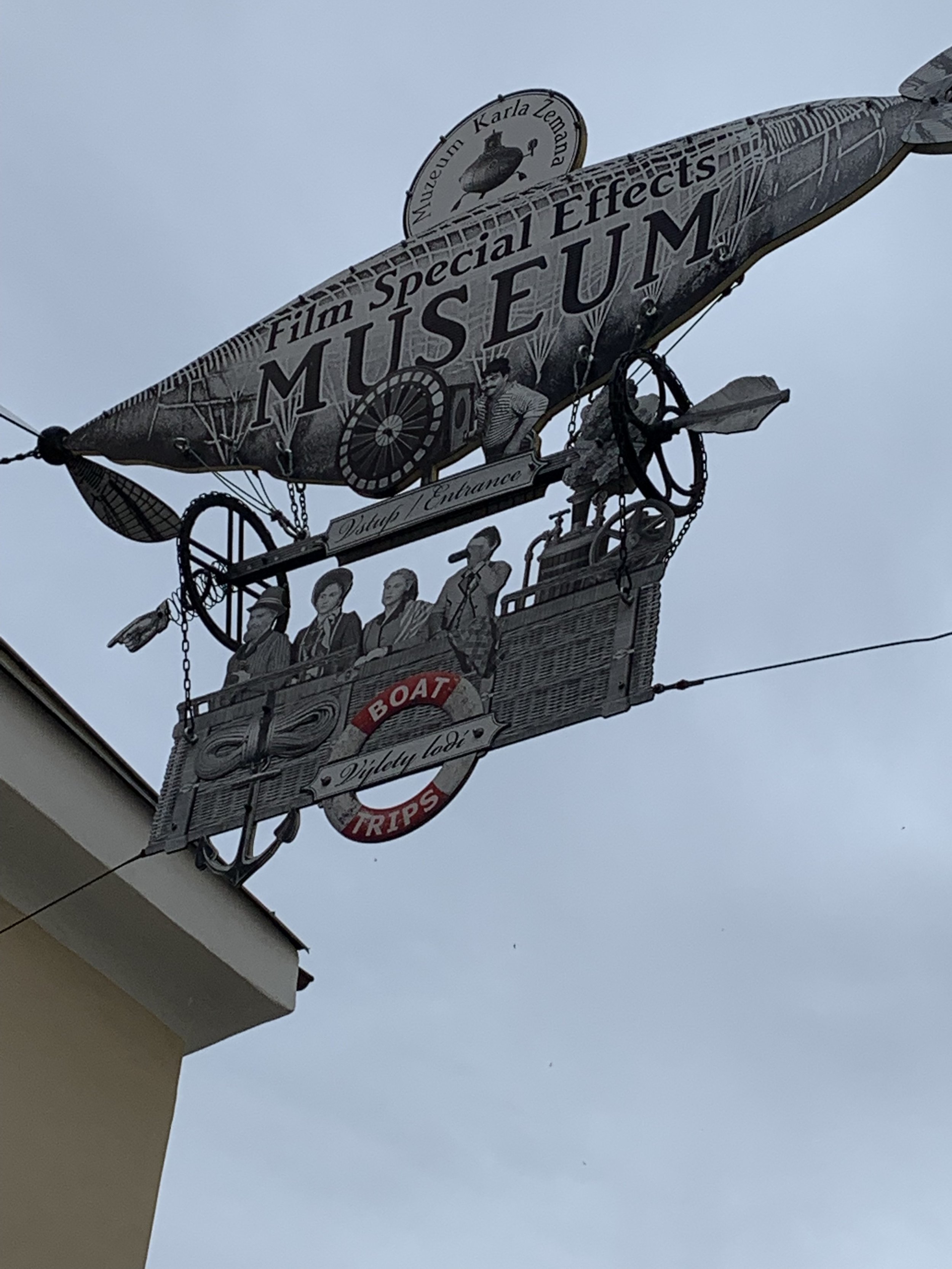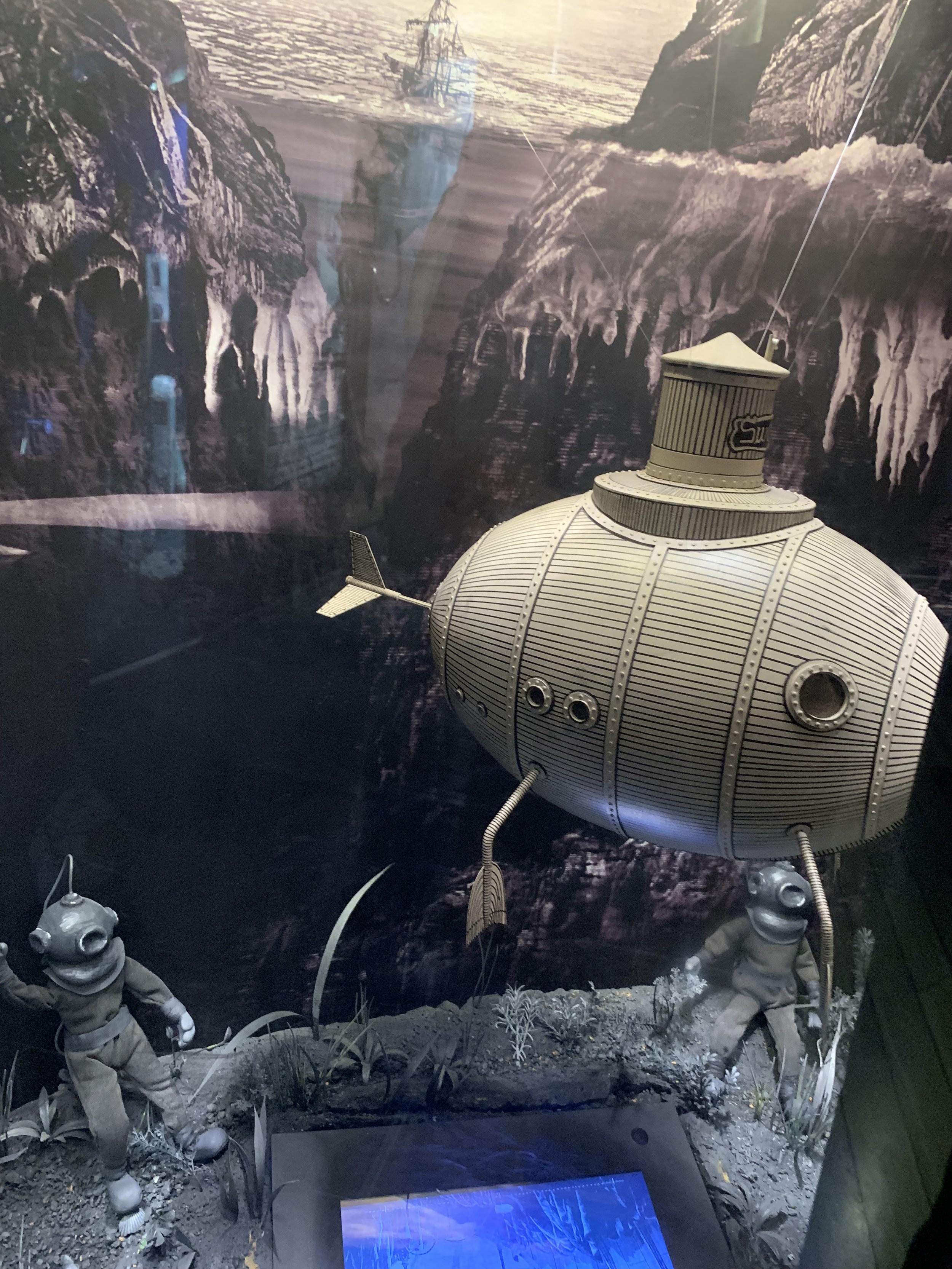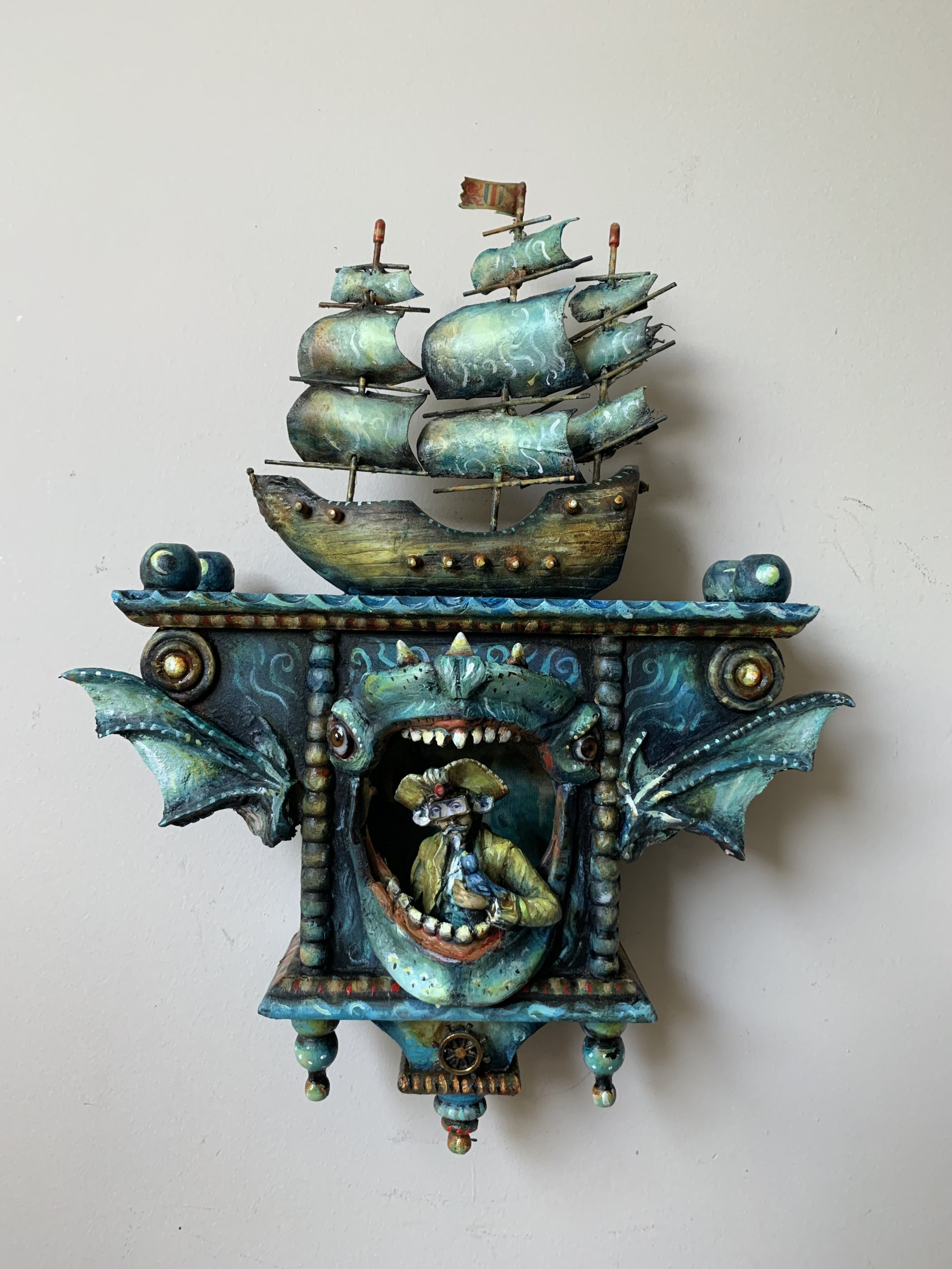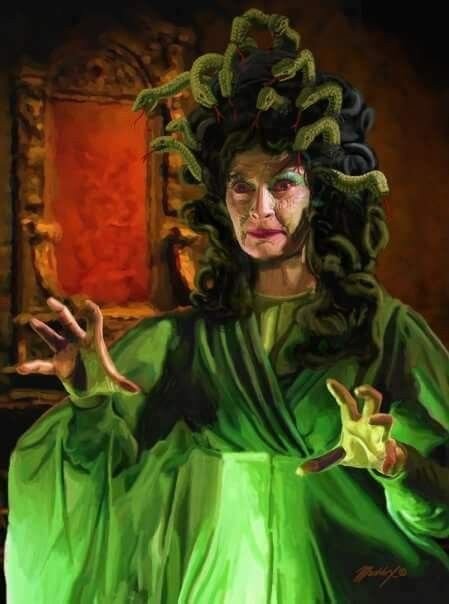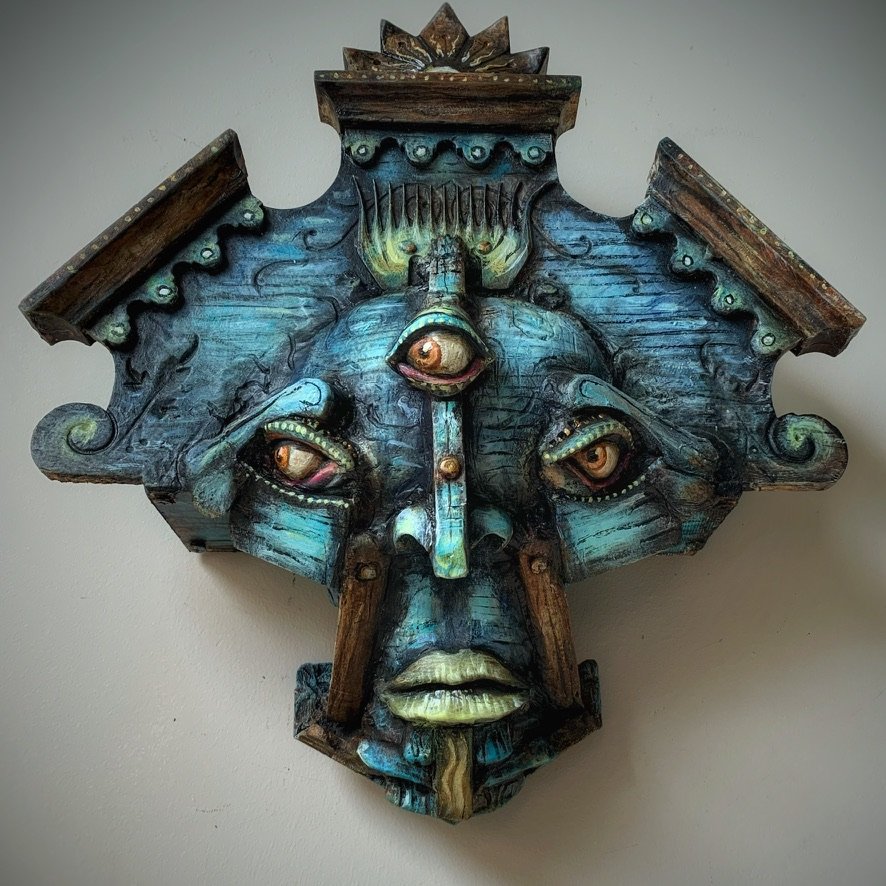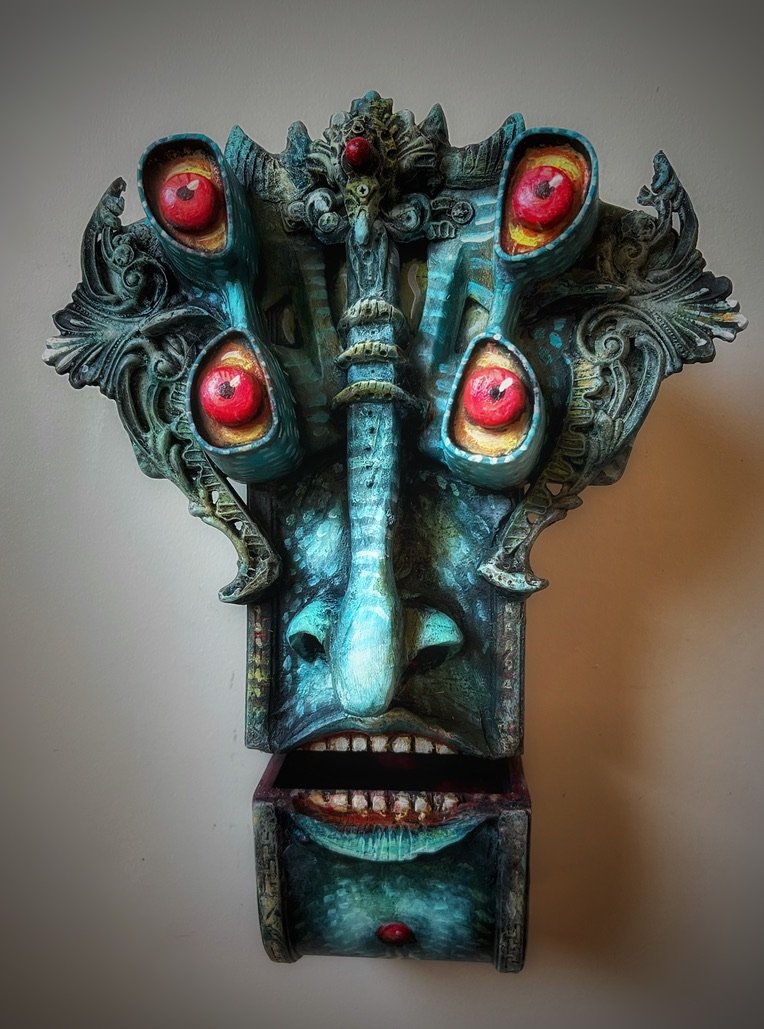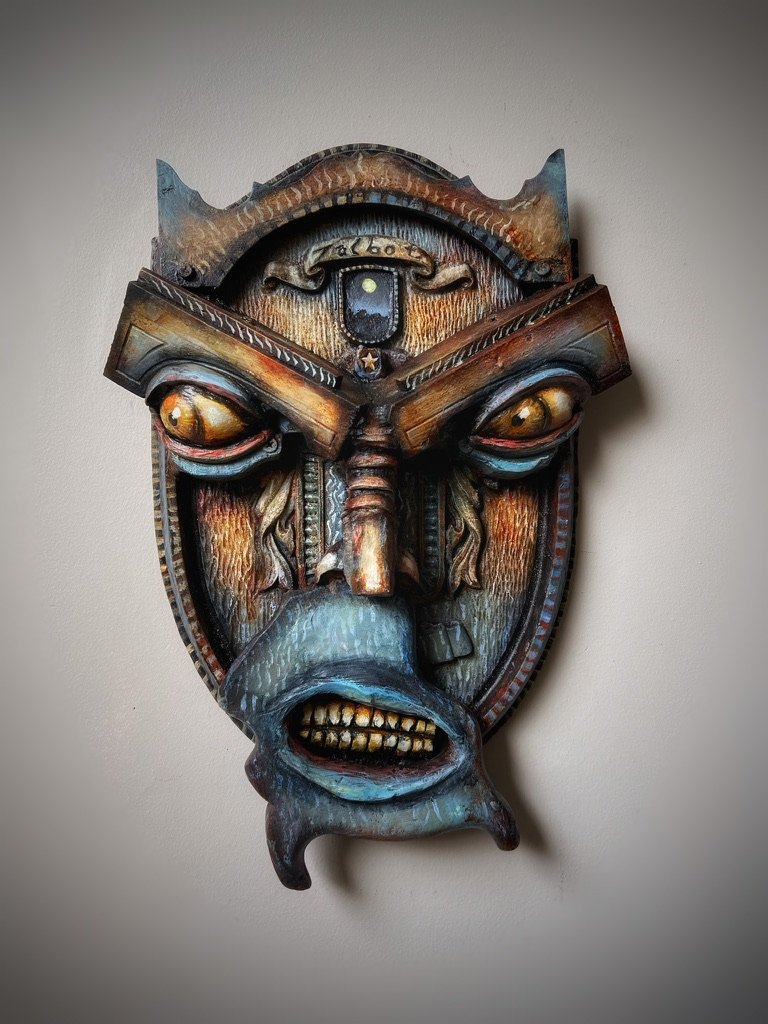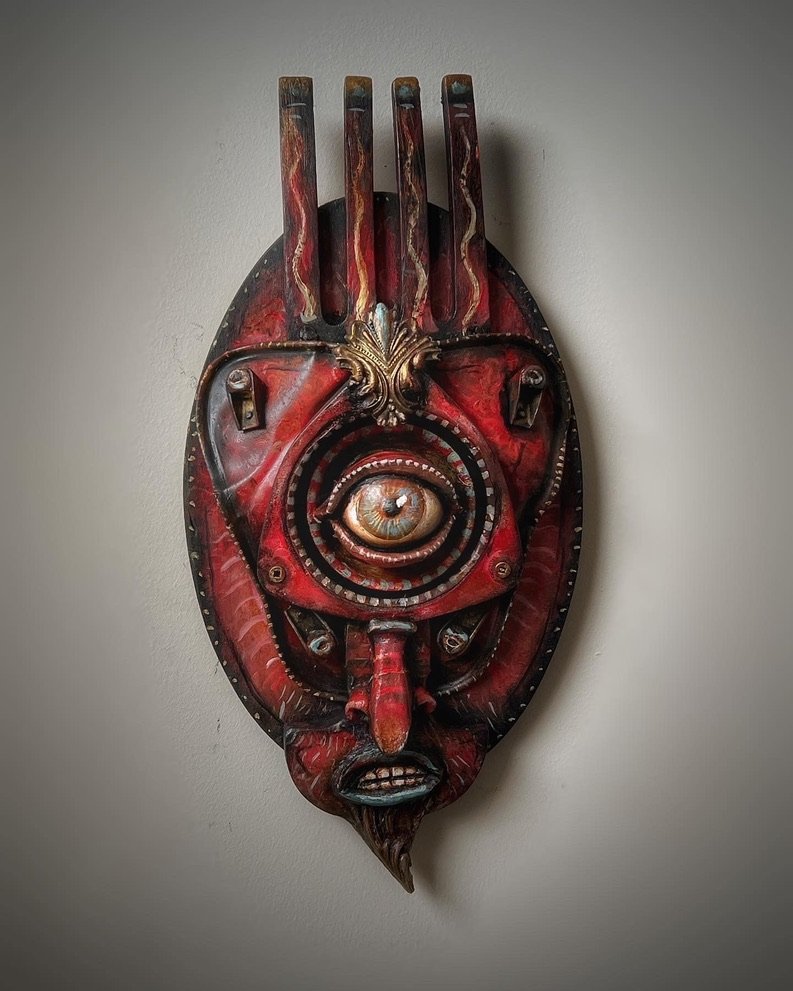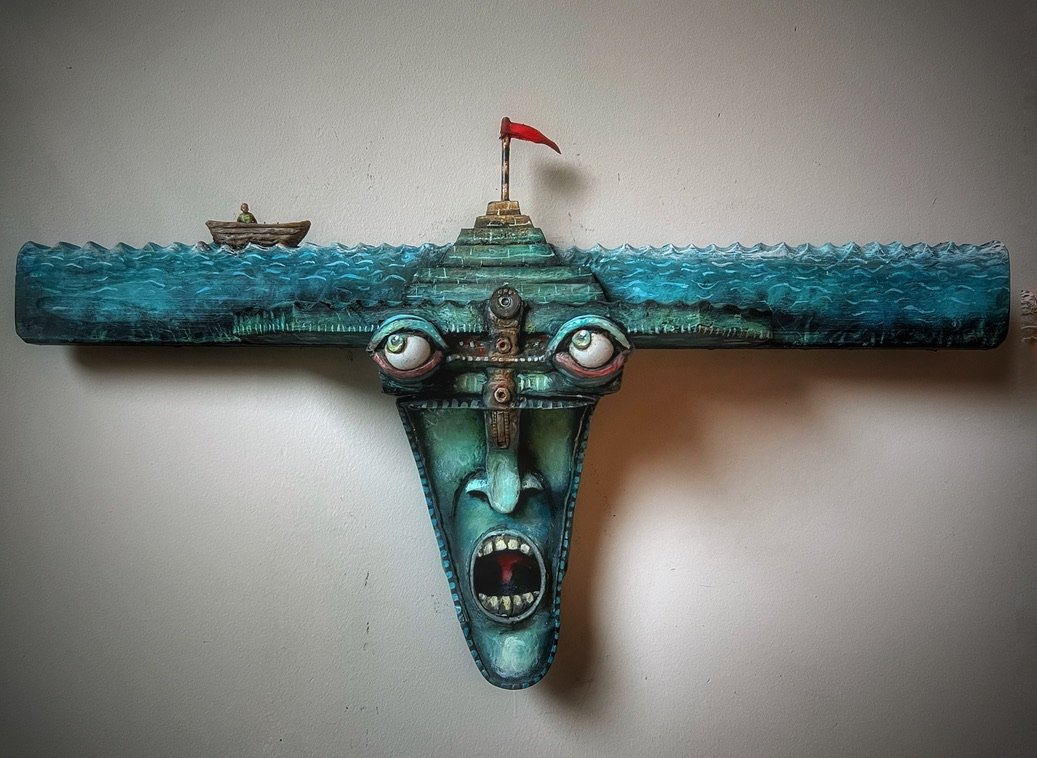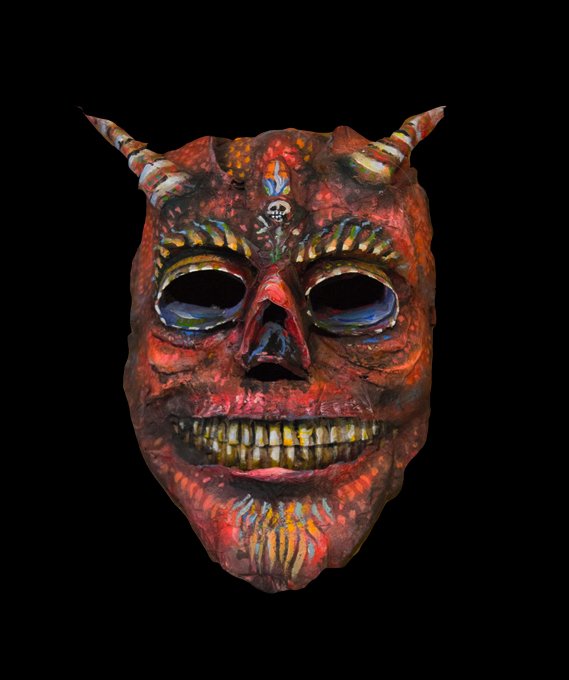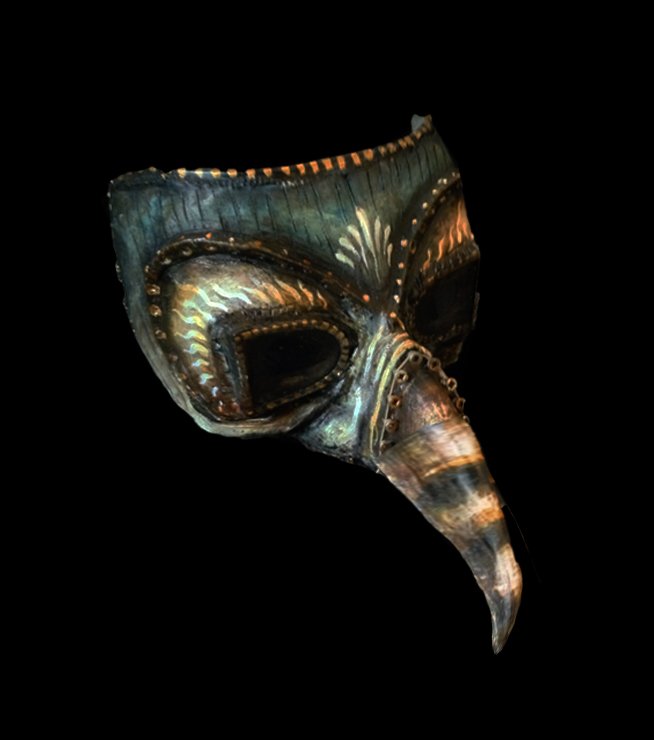One thing about monsters — they rarely choose monstrosity. More often, it’s a side effect: a curse, a punishment, or some ill-fated gift from the universe. Most of them don’t want to be the beasts they’ve become.
And perhaps no creature captures that tragic twist better than the werewolf — the lycanthrope. An everyday person for most of the month, until the full moon clocks in and says, “Your shift starts now.” Then it’s claws out, conscience off. They transform into a wolf — or something awkwardly halfway there — depending on the legend.
Sometimes they’re cursed for a misdeed. Other times, bitten and doomed to continue the hairy lifestyle. The cruelest versions say the lycanthrope hunts the one they love most… only to awaken at dawn and realize what they’ve done.
You may have seen the film “The Wolf Man” starring Lon Chaney Jr. stars as Larry Talbot is cursed after being bitten by a werewolf Bela Lugosi, and then spends the rest of his film being wolf by moonlight, sad guy by day.
A Howling History
Werewolves have been prowling through myth since the Greeks cooked up the first one — quite literally. King Lycaon decided to test Zeus’s divine palate by serving him a special supper that turned out to be distinctly people-flavored. The god took one bite, realized the roast was of the human variety, and absolutely lost his thunder.
Dinner was canceled.
The chef was cursed.
And voilà — the world’s first werewolf.
From there, the legend spread across continents. Sometimes it’s punishment. Sometimes a birthright. Sometimes… just a bad night out during a full moon.
The Human Beneath the Howl
Of course, there’s a more metaphoric way to look at the werewolf. We all have our lunar side — the thing that drags us out of our civilized shell and into something wilder, freer, maybe even truer.
For some, it’s a transformation under moonlight.
For others, it’s just a late-night art session that gets a little out of hand.
Either way, when the moon calls — answer.
Just try not to serve your friends for dinner.
Studio Note
Today’s beast: “The Larry Talbot Mask.”
Built from bits and bidding — a mad scientist foray of forgotten hardware and impulse finds. The mask’s mount bits of wood, saw handle for a mouth and layers of paint bring out the snarl, the sorrow, and the Saturday-matinee nostalgia of Lon Chaney Jr.’s classic wolfman.
Made under a waxing moon, still howling quietly in the corner of the studio.

